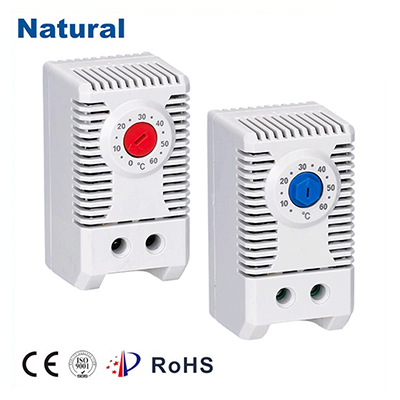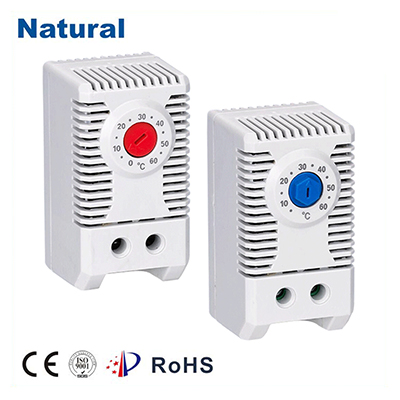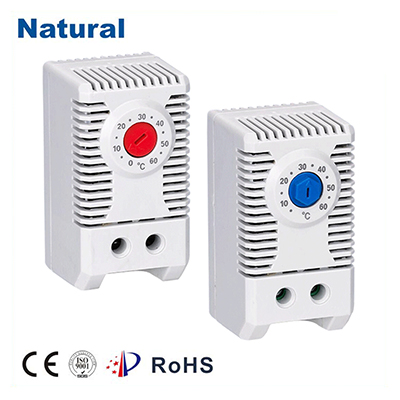Contact thermostats are crucial devices in various industries, playing a vital role in temperature control and regulation. This article delves into the functionality, types, and applications of contact thermostats, shedding light on their importance in modern technology.

What is a Contact Thermostat?

A contact thermostat is a temperature-sensitive switch that controls heating and cooling systems. It operates based on the principle of temperature measurement, utilizing a bimetallic strip or a thermistor to sense changes in temperature. When the temperature reaches a predetermined setpoint, the thermostat opens or closes electrical contacts, triggering the heating or cooling mechanism. How Contact Thermostats Work The primary function of a contact thermostat is to maintain a specific temperature within a controlled environment. Here’s a step-by-step breakdown of how it works: Temperature Sensing: The thermostat senses the ambient temperature using a bimetallic element or an electronic sensor. A bimetallic element consists of two metals with different thermal expansion coefficients, causing the strip to bend or warp in response to temperature changes.
